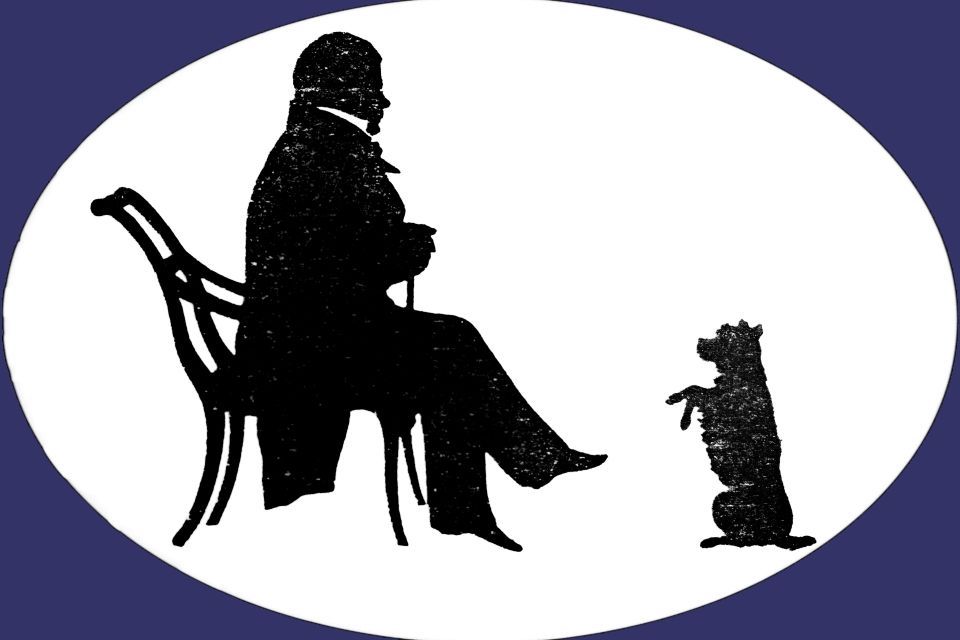Scott’s Relationship with Traditional Song
Thursday 4th March 2021
Summary of the Performance:
Anne McClary delivered an engaging talk exploring traditional song and Walter Scott’s involvement in collecting and adapting folk material. She explained the origins and characteristics of traditional song, particularly ballads, noting their oral transmission, regional variations, and the themes they commonly address (love, sex, death, and the supernatural).
She highlighted that, despite romantic ideas about anonymous folk authorship, many songs had known writers, often from higher social classes. With the advent of printing in the 16th century, songs began appearing on broadsides—cheaply printed sheets sold for a penny—which helped disseminate them.
Ballads evolved from minstrelsy and were structured to aid memory, often using formulas, refrains, and stock imagery (e.g., looking over the left shoulder indicating submission). Floating verses and phrases could appear in unrelated songs, showing the fluidity of oral tradition.
McClary noted that Scott’s literary career was launched by ballad collecting. He first encountered traditional songs during his childhood stays in the Borders, where storytelling and song were integral to local gatherings. Fascinated by the supernatural, Scott later returned with companions like Robert Shortreed on “raids” to gather ballads.
In 1802, Scott published Minstrelsy of the Scottish Border, a landmark collection comprising 96 items. Though some material came from personal fieldwork, much was sent to him by collaborators like Ritson, Percy, Heber, and Hogg. Scott freely altered and synthesised versions of ballads to create a readable and often dramatic form, but—unlike some editors—he was transparent about these changes.
McClary also discussed Scott’s daughter, Sophie, who sang songs collected by her father and even learned Gaelic. Scott himself contributed lyrics, including Jock of Hazeldean and MacCrimmon’s Lament, the latter inspired by a Highland piper's death during the 1745 rebellion.
The talk included several ballad performances, some grim (e.g., The Two Corbies, Rare Willie Drowns in Yarrow, Clark Saunders), some patriotic or mournful (e.g., Floors of the Forest, Lyke-Wake Dirge), and concluded with The Parting Glass, a poignant farewell song.
McClary closed with reflections on Scott’s role in preserving Scottish song and the complex legacy of mediating oral traditions for the printed page.
Interesting Points
- Scott’s role as a song collector is often overlooked in academic circles, despite Minstrelsy of the Scottish Border being pivotal to his fame.
- He was inspired by oral supernatural songs during his childhood in the Borders.
- “Floating verses”—stock lines and imagery—migrated between unrelated songs, illustrating oral tradition’s fluidity.
- Scott collaborated with prominent antiquarians but did relatively little fieldwork himself, relying instead on correspondents and others like John Leyden and James Hogg.
- Scott was transparent when modifying songs—an unusual trait for his time.
- Margaret Maitland, mother of Hogg, disapproved of Scott writing the songs down, insisting they were for singing, not reading.
- His daughter Sophia Scott not only sang his collected songs but also learned Gaelic airs during their stay at Dunvegan with the MacLeods.
- The talk includes songs that Scott composed or adapted, such as Jock of Hazeldean, drawn from a fragmentary source.
- The story of Jacobite and Hanoverian pipers uniting in protest at the detention of the McCrimmon piper reflects the respect for artistry beyond politics.
In February 2021, we were delighted to record the following presentation by Anne McClary, which we now have the privilege of making public. Anne kindly assented to performing to an audience of two in the stunning setting of the Song School at St Mary's Episcopal Cathedral in Edinburgh's West End, where, surrounded by the wonders of Phoebe Anna Traquair's mural celebrating music and creation, she delivered the following talk and performance on Scott's relationship with traditional song. Given Scott's voracious appetite for folklore and ballads from his early childhood onward, Anne's offering here is a very fitting way indeed for the Edinburgh Sir Walter Scott Club to commence its celebrations of Scott's 250th anniversary.
Anne McClary has been singing for most of her life, originally learning songs from her mother who was also a singer, and she did her first stage performance of traditional song at the age of 11. She has performed at clubs and festivals and in churches and halls around the British Isles and in Canada, and has recorded for the BBC. She sings in several languages and genres from traditional to ecclesiastical. She has worked as a music therapist with psychiatric patients, and delivers voice workshops, and lectures on a number of subjects: mainly historical or health related. In 2012 she obtained a 1st Class Honours Degree in Traditional Music from the University of Newcastle.
Songs performed: Jock o'Hazeldean, The Twa Corbies, Rare Willie Drowned in Yarrow, Sine Bhan (Fair Jean), Clerk Saunders, MacCrimmon's Lament, Lyke Wake Dirge, The Floo'ers o' the Forest, Armstrong's Goodnight (The Parting Glass),
We are very grateful to the Provost and Vice Provost of St Mary's Cathedral for allowing us to record in the historic Song School. The Cathedral is also home to Scott's Pew, a wooden pew in which Scott and his family sat when they worshipped at St George's Church, York Place. If you would like further information on the Song School or Scott's Pew or to arrange a viewing of either in the future, please contact the Cathedral office: office [at] cathedral.net or 0131 225 6293.


